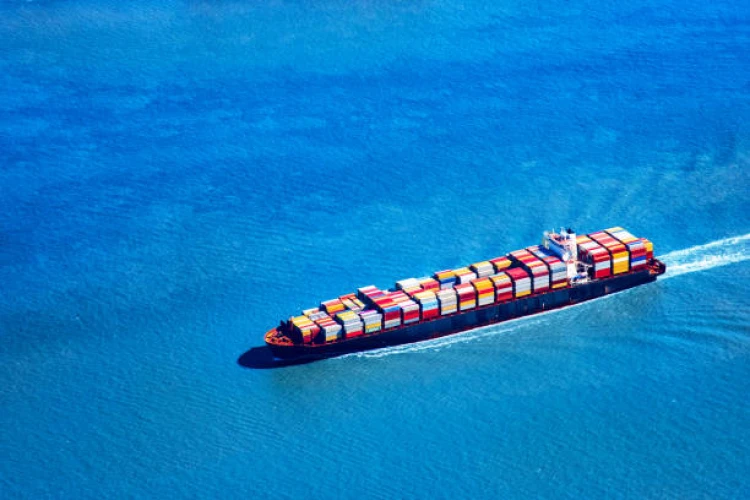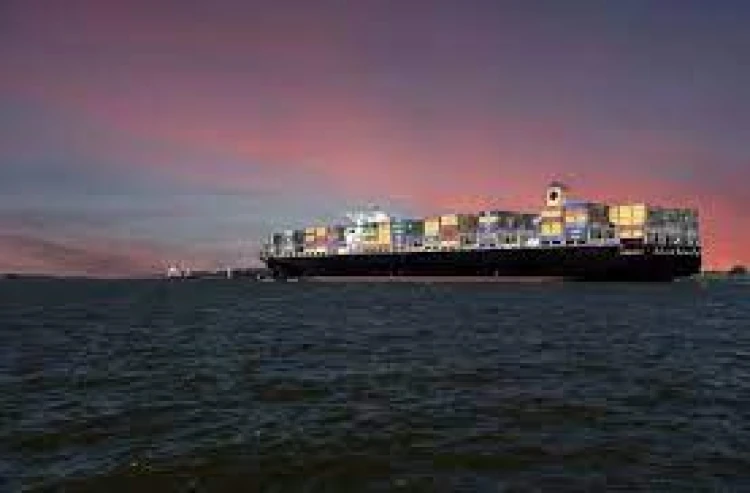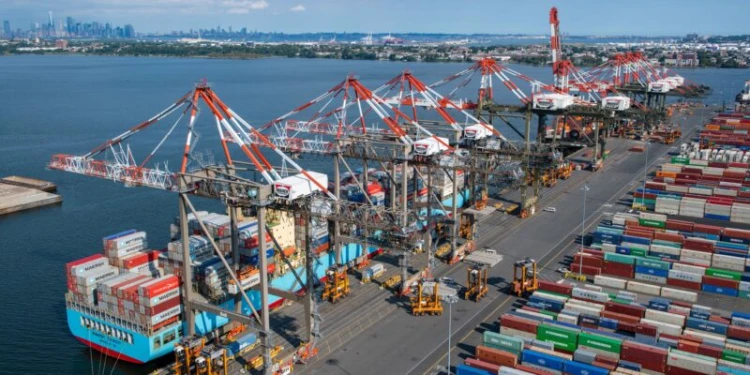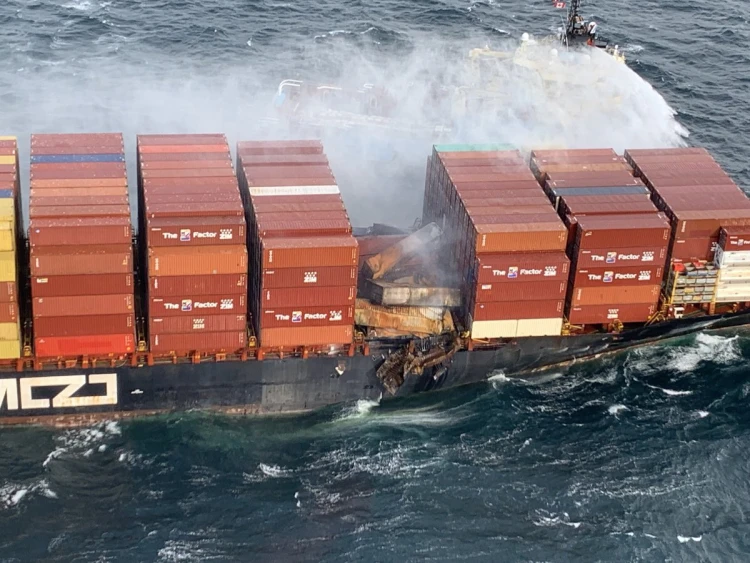Maersk opens logistics centre in Vietnam to meet sourcing demand
Monday, 16 December 2019

Maersk has opened a new logistics centre in North Vietnam as it looks to capitalise on the dominant ‘China plus one’ sourcing strategy in South-east Asia.
Located at the Vietnam Singapore Industrial Park (VSIP) in Bac Ninh, around 20km from Hanoi, the 11,000sq metre facility provides customers with end-to-end warehousing and distribution solutions.
Approximately 40% of the new warehouse is occupied by Turkish home appliance company Vietbeko, while the remaining capacity is filled by customers from various segments, including automotive and FMCG, Maersk said.
Marco Civardi, Maersk Vietnam managing director, told The Loadstar the US-China trade tensions were accelerating the “movement of the pendulum” towards increased sourcing in South-east Asia.
“Thanks to the China plus one diversification strategy that has been in place for some years, Vietnam is getting into a position where investment and manufacturing are becoming much easier to establish.”
For example, he said, Vietnam was considered the most liberal country within ASEAN, having signed the highest number of free trade agreements, while it also “offers stability and a sound legal framework”.
Maersk’s new Bac Ninh facility is 120km from Hai Phong port, which has undergone significant development and gained its first direct transpacific service to the US in April, courtesy of THE Alliance.
“We see strong demand growth toward the US market,” said Mr Civardi. “North Vietnam is continuously attracting FDI as a result of China plus one and the increased sourcing will act as a further constructive push toward improving the competitiveness of the logistics ‘hardware’, including physical connectivity of roads/rail and ports/airports, as well as ‘software’ in terms of effective customs clearance processes.”
Some commentators have pointed to Vietnam’s rising labour costs as a potential hurdle as more hi-tech players follow Samsung’s lead in setting up production bases. But Mr Civardi said labour cost arbitrage was increasingly less of a critical factor.
“A recent McKinsey study illustrated that less than 20% of goods traded globally is moving from low-wage to high-wage countries,” he explained. “Simply put, the logistics aspects such as supply chain efficiencies and time-to-market are becoming increasingly more relevant to determine total landed cost, which helps guide companies in their decision of where to source their goods and components from.”
However, if Vietnam is to continue its current trade growth trajectory, infrastructure challenges remain.
“Such as a weak rail integration for cargo connecting industrial zones with port ecosystems, as well as a current port system that is based on dated ship sizes, where building longer consecutive berths with modern equipment would be one step to improve throughput per terminal and deliver cost improvements,” said Mr Civardi.
Vietnam’s road network is being upgraded quicker in the north than the south, he added, and furthermore, he said, the country’s logistics costs as a percentage of GDP is higher than in other countries in Asia, and this should be an “alarm-bell to ensure improvements occur as fast as possible, so that Vietnam can cope with additional waves of growth in the years to come”.

06 January 2025
Hurricane Beryl trims cargo volumes in Houston and New Orleans

25 January 2025
Container freight rates tumble

08 February 2025

